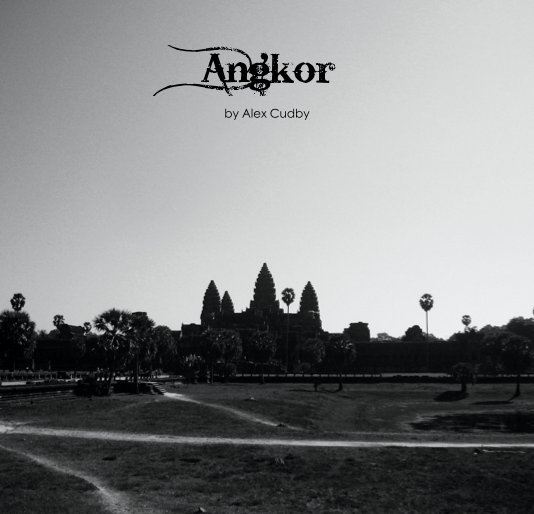About the Book
The great temples of Angkor are located near modern day Siam Reap, Cambodia. The temples of the Angkor area number over a thousand ranging from small temples scattered among rice fields to the magnificent Angkor Wat Temple, thought to be the largest single religious monument in the world.
From about 1431AD to the late 19th century the temples were increasingly hidden by jungle forests.
The Angkorian period began about 800AD following wars and alliances. These led to independence from Java and the development of the Khmer Empire. Magnificent buildings arose throughout the Khmer Empire, particularly from 900AD to 1200AD mostly concentrated around the Angkor region.
Beyond the temples, the architects built a complex infrastructure of roads and canals which suggest a high level of communication between the centre and outlying parts of the Empire.
The principle temple at Angkor Wat was built with a high level of skill and design. The building itself told a story with walls decorated with mythological scenes and portrayals of the life of the king. The extent and size of the buildings gave a magnificent sense of scale but always retaining an exquisite taste of art and an impression of a high level of civilisation.
The temples were based upon architecture of Southern India. The work involved a massive army of labouring workers moving building material on a large scale. At the same time there was a parallel army of artists and artisans putting into effect the architects' designs and plans.
It was an army of creative individuals whose names do not appear on record but whose talents were uncovered in the late 19th century and subsequently restored in part and now live on to tell the tales of religion, civilisation and the common lives of a capital city of about a million people.
It is truly one of the wonders of the world.
From about 1431AD to the late 19th century the temples were increasingly hidden by jungle forests.
The Angkorian period began about 800AD following wars and alliances. These led to independence from Java and the development of the Khmer Empire. Magnificent buildings arose throughout the Khmer Empire, particularly from 900AD to 1200AD mostly concentrated around the Angkor region.
Beyond the temples, the architects built a complex infrastructure of roads and canals which suggest a high level of communication between the centre and outlying parts of the Empire.
The principle temple at Angkor Wat was built with a high level of skill and design. The building itself told a story with walls decorated with mythological scenes and portrayals of the life of the king. The extent and size of the buildings gave a magnificent sense of scale but always retaining an exquisite taste of art and an impression of a high level of civilisation.
The temples were based upon architecture of Southern India. The work involved a massive army of labouring workers moving building material on a large scale. At the same time there was a parallel army of artists and artisans putting into effect the architects' designs and plans.
It was an army of creative individuals whose names do not appear on record but whose talents were uncovered in the late 19th century and subsequently restored in part and now live on to tell the tales of religion, civilisation and the common lives of a capital city of about a million people.
It is truly one of the wonders of the world.
Features & Details
- Primary Category: Arts & Photography Books
-
Project Option: Small Square, 7×7 in, 18×18 cm
# of Pages: 76 - Publish Date: May 06, 2011
- Language English
- Keywords Angkor wat, Angkor photography, Agkor wat photography, Alex cudby photography, Ac photography, alex cudby, Angkor, cudby
See More


